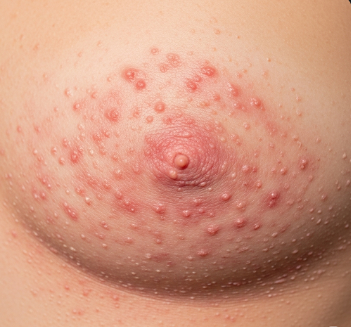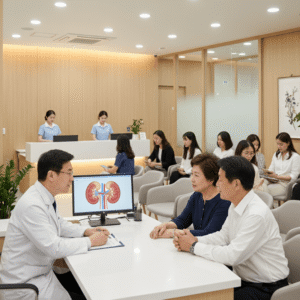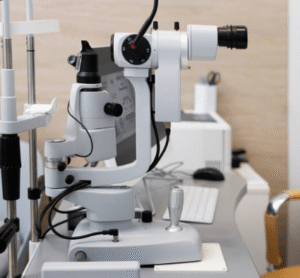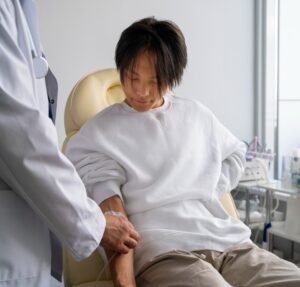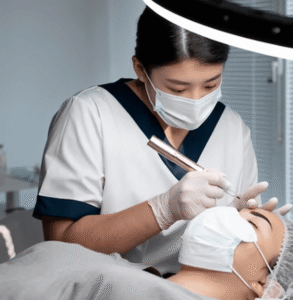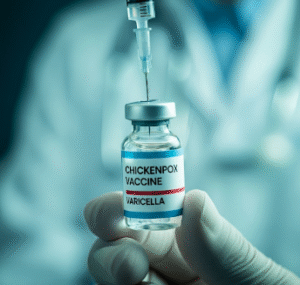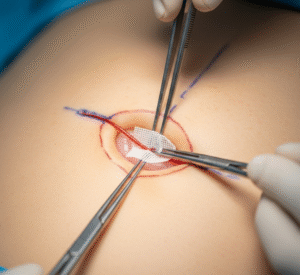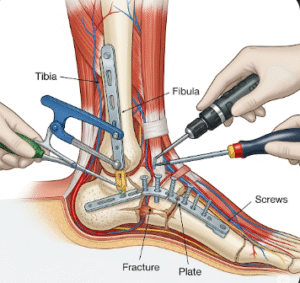Overview
A breast rash is a skin condition affecting the breast area, including the nipples, areola, or surrounding skin. Breast rashes can be caused by allergic reactions, infections, skin conditions, or underlying medical issues. They may present with redness, itching, scaling, or pain, and in some cases indicate a more serious problem that requires medical attention.
In South Korea, dermatology and breast health clinics provide advanced diagnosis, treatment, and patient education for various breast rash conditions, helping patients manage symptoms effectively while addressing underlying causes.
Key Facts
Highlights:
➡️ Breast rashes may be localized or widespread and can affect one or both breasts.
➡️ Causes range from mild irritation to serious conditions, such as infections or inflammatory diseases.
➡️ Common symptoms include redness, itching, scaling, or pain.
➡️ Early evaluation is important to rule out infections, allergic reactions, or rare malignancies like Paget’s disease of the breast.
➡️ South Korea provides specialized dermatological and breast care services for diagnosis and treatment of breast rashes.
What is a Breast Rash?
A breast rash is a skin reaction affecting the breast tissue, which can involve:
- Erythema (redness) of the skin
- Itching or burning sensations
- Flaking, scaling, or crusting of the skin
- Pain or tenderness in severe cases
- May involve nipple, areola, or surrounding skin
- Can be acute (sudden) or chronic (long-lasting) depending on the cause
Breast rashes are usually benign, but persistent or unusual rashes require medical evaluation.
What Symptoms are Related to Breast Rash?
Symptoms of a breast rash may include:
- Red, inflamed skin
- Itching, burning, or stinging sensations
- Swelling or tenderness
- Scaling, crusting, or flaking of the skin
- Pain or discomfort when touching the area
- Discharge or bleeding in severe or infected rashes
- Changes in nipple appearance (in some cases, may indicate Paget’s disease)
Highlights:
➡️ Breast rashes may be accompanied by systemic symptoms like fever if infection is present.
➡️ Persistent or worsening rashes require prompt medical evaluation.
What Causes / Possible Causes of Breast Rash?
Highlights:
➡️ Allergic Reactions: Reaction to soaps, detergents, fabrics, or skincare products.
➡️ Infections:
- Bacterial infections (e.g., Staphylococcus aureus)
- Fungal infections (e.g., Candida yeast infections)
- Viral infections (e.g., herpes simplex)
➡️ Dermatological Conditions:
- Eczema or atopic dermatitis
- Psoriasis
- Contact dermatitis from irritants
➡️ Hormonal Changes: Pregnancy, breastfeeding, or menstrual cycle changes can contribute to skin sensitivity.
➡️ Underlying Medical Conditions:
- Inflammatory breast cancer
- Paget’s disease of the breast (rare)
➡️ Mechanical Irritation: Tight clothing, friction, or sweating can aggravate the skin.
➡️ Mechanism: Breast rashes occur due to immune reactions, infections, or irritation, which trigger inflammation, redness, and itching.
When Should I See My Doctor?
Highlights:
➡️ If the rash is persistent or worsening, especially over several days or weeks.
➡️ If accompanied by pain, swelling, discharge, or bleeding.
➡️ If only one breast is affected with nipple changes, which could indicate a more serious condition.
➡️ If you have systemic symptoms, such as fever or malaise, suggesting infection.
➡️ Early evaluation ensures proper diagnosis, prevents complications, and provides targeted treatment.
Care and Treatment
Management of breast rashes focuses on relieving symptoms and addressing the underlying cause:
Highlights:
➡️ Topical Treatments:
- Anti-fungal creams for yeast infections
- Antibiotic ointments for bacterial infections
- Corticosteroid creams for inflammatory or allergic rashes
➡️ Oral Medications:
- Antibiotics for severe bacterial infections
- Antihistamines for allergic reactions
- Antifungal medications for persistent yeast infections
➡️ Lifestyle Modifications:
- Wear breathable, loose-fitting clothing
- Avoid irritants such as harsh soaps, detergents, or perfumes
- Maintain proper hygiene and keep the area dry
➡️ Monitoring: Track rash progression, note triggers, and follow up with healthcare providers.
➡️ Patient Education: Awareness of symptoms, proper skin care, and early signs of infection or malignancy.
Treatment Options in Korea
South Korea provides advanced dermatological and breast care services for patients with breast rashes:
Highlights:
➡️ Dermatology Clinics: Diagnosis and treatment of infectious, allergic, and inflammatory rashes.
➡️ Breast Health Centers: Evaluation for nipple or areola changes and screening for rare conditions like Paget’s disease.
➡️ Advanced Imaging and Testing: Skin biopsy, bacterial/fungal cultures, and mammography if indicated.
➡️ Topical and Oral Medication Programs: Tailored treatment plans based on rash type and severity.
➡️ Patient Counseling: Education on skin care, hygiene, and prevention of recurrence.
➡️ Multidisciplinary Approach: Collaboration between dermatologists, gynecologists, and oncologists if malignancy is suspected.
➡️ Medical Tourism Support: Multilingual consultations, diagnostic services, and follow-up care for international patients seeking treatment in Korea.

